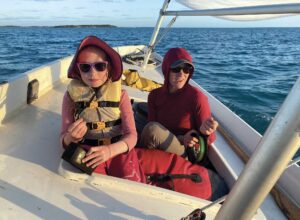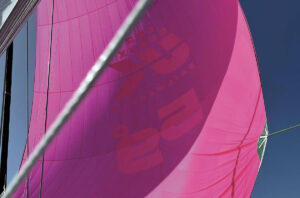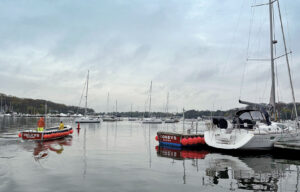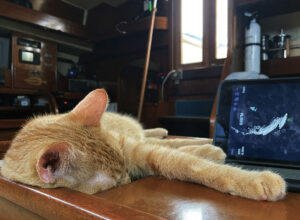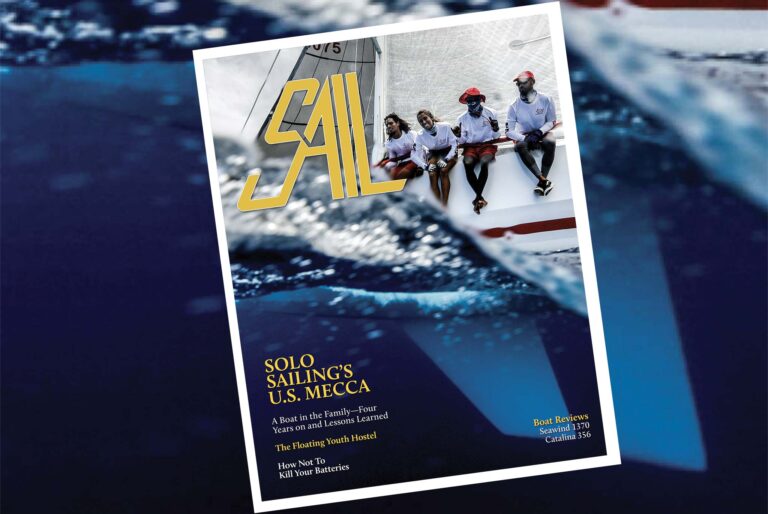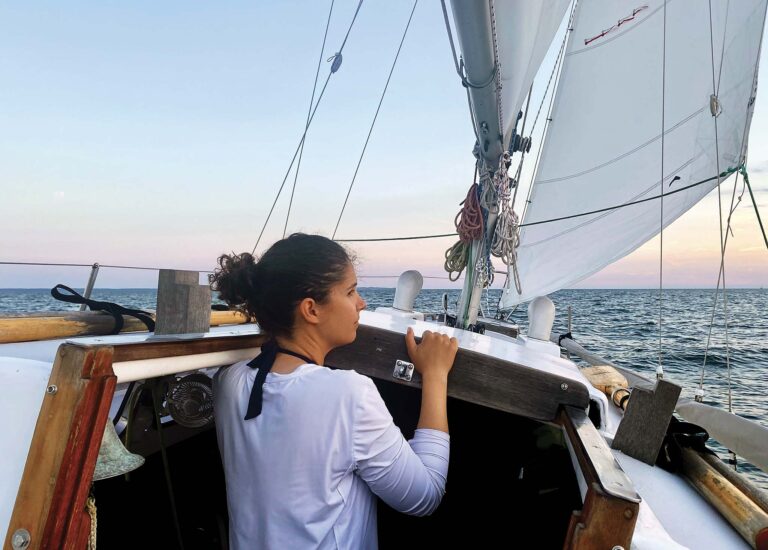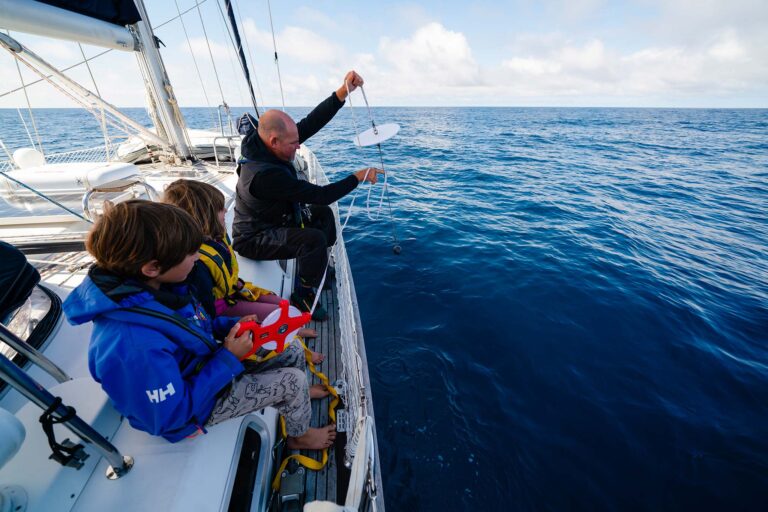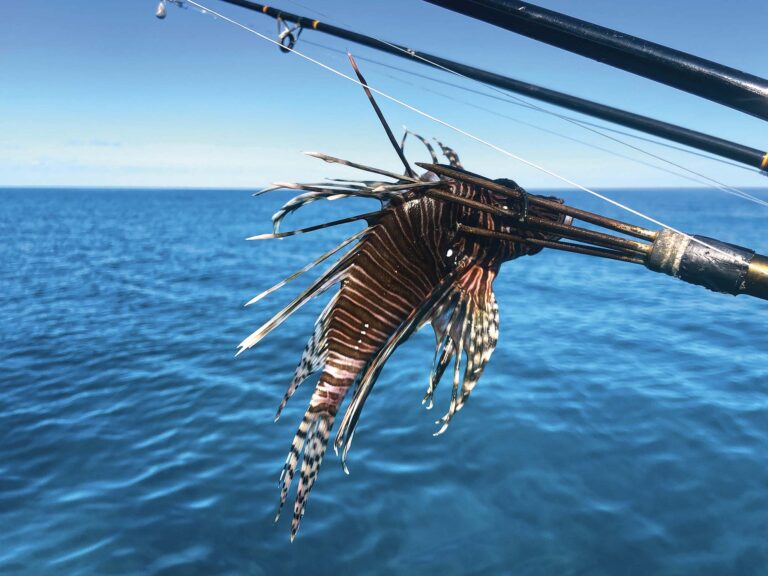When the customs officer in Bermuda asked for our next destination, I replied “the Azores,” just to keep things simple.
But what we really did was head southeast to the weirdest sea on Earth: the Sargasso.
Occupying the vast central eye of the North Atlantic, the Sargasso is the world’s only sea with no shore and no fixed boundaries. I guess what I should have told the officer was something like, “We’re going to nowhere.” Literally.
Yachts leaving Bermuda typically head as quickly as possible to 40 degrees north to make their way into the westerlies. But we made a perverse diversion, meandering slowly south and east to spend a week in this wonder world of floating weed islands and bizarre creatures.
Historically, skippers kept well clear of the Sargasso. Colonial Spanish ships referred to these parts as the “Horse Latitudes,” because there, they would often find themselves becalmed, running out of water and needing to jettison livestock over the side to keep sailing.
The floating sargassum weed that grows all across the Sargasso had a malevolent reputation. In 1492, Christopher Columbus was the first to record finding the stuff, a bright gold plant that resembles ordinary seaweed, but remarkably, has no need of roots, simply floating over the nearly 3,000 fathoms of ocean separating it from the abyssal plain below. Columbus and his frightened men were tricked by the weed into thinking they must be near land, when in fact, they were still in the mid-Atlantic. In the years that followed, stories grew of weed thick enough to trap ships, a legend whose modern successor was the Bermuda Triangle.
Of course, the weed, which grows in clumps arranged in surprisingly tidy windows, is never thick enough to impede a boat. Nonetheless, the reality of this unique ecosystem is at least as marvelous as the myth.
Strange as it sounds, the water in the Sargasso is different than the surrounding Atlantic. It is much warmer, saltier and startlingly clear. Even more remarkable are the creatures inhabiting those miniature floating islands. Many of them are camouflaged in the same golden hue and nearly impossible to see, unless you give the weed a good shake.
One day, for example, we saw a crab colored blue on the bottom and white on the top, apparently to make fish think it’s part of the sky and birds mistake it as a piece of foam. There were also shrimp in all different sizes, and the tiny but ferocious-looking histrio-histrio fish, whose fins have evolved into special webbed “hands” for climbing through the weed’s thick fronds.
The Sargasso weed also serves as a nursery for young loggerhead sea turtles, swordfish and other pelagic beasts; reef fish that come here as larvae on the currents; and both the European eel and the American eel, which travel to opposite shores during their lifetimes and then return to the Sargasso to lay their eggs and later, to die.
The reputation for maddening sailing conditions in the Sargasso is richly deserved. Calms became squalls, and hot days turned into wild, rain-filled nights. Several times we were able to stop to swim in water so transparent I found it hard to gauge how far under I’d gone.
Less welcome was the constant discovery of plastic junk. Because the Sargasso, like the rest of the North Atlantic Gyre, is enclosed within the enormous whirlpool created by the Gulf Stream to the west, the North Atlantic Current to the north, the Canary Current to the east and the North Atlantic Equatorial Current to the south, debris that gets in is unlikely to get out.
There’s growing pressure from the Sargasso Sea Alliance and others to clean up what has been dubbed “the Atlantic Garbage Patch.” But because the entire Sargasso, save its Bermudian waters, is on the lawless high seas, campaigners face an uphill fight.
We did eventually sail to the Azores, but will never forget our visit to that lost world.
Photos by Sebastian Smith

